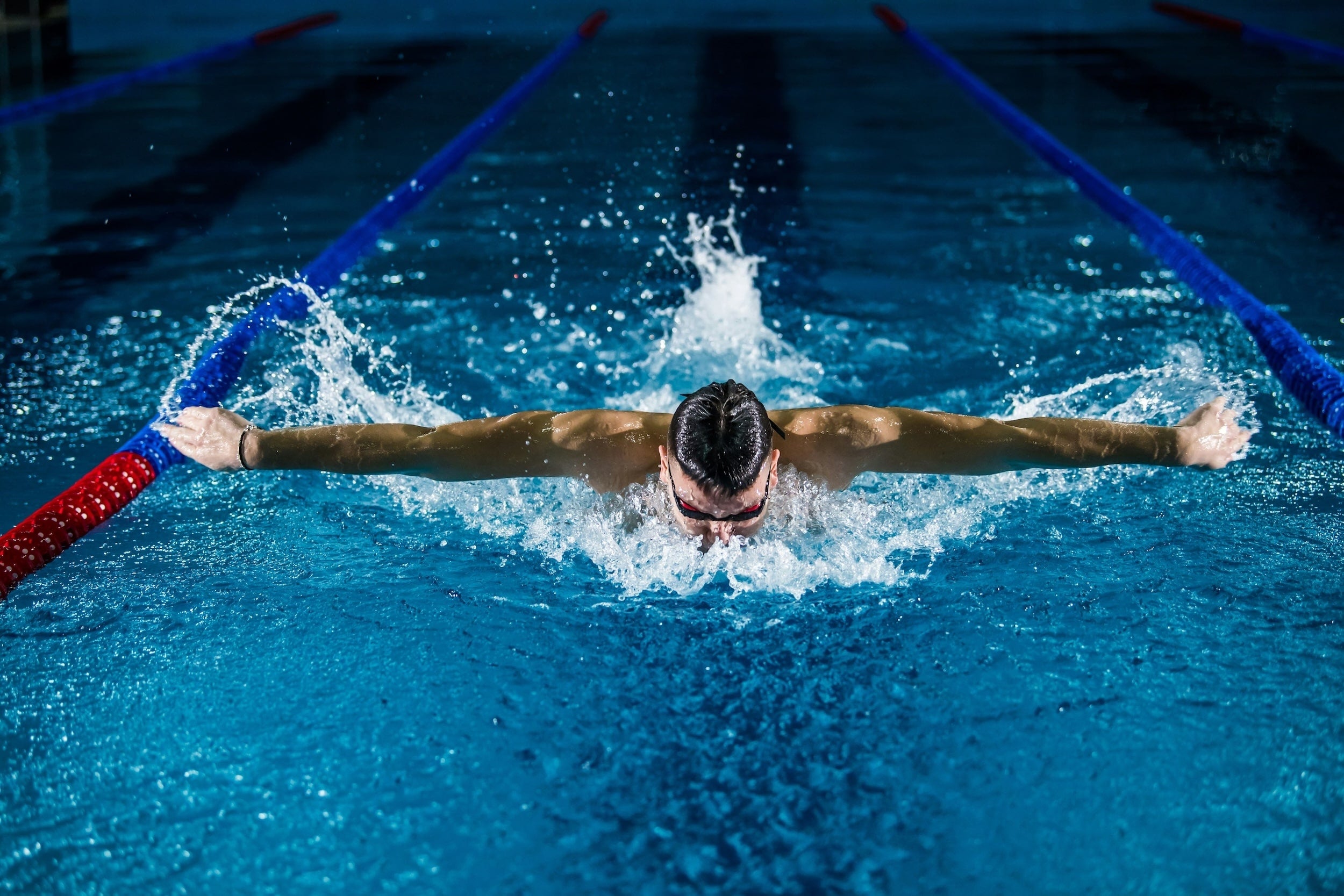Participating in sports offers numerous benefits, including improved physical fitness, mental well-being, and social interaction. However, sports also carry the risk of injuries that can range from minor sprains to more severe fractures. That's why it is crucial to prioritize sports injury prevention to ensure the safety and long-term health of athletes. By taking certain precautionary measures and following proven methods, athletes can reduce the risk of injuries and enjoy their sports activities to the fullest.
What are sports injuries and why is prevention important?
Understanding sports injuries
Sports injuries refer to any kind of injury that occurs during sports or exercise activities. These injuries can happen due to accidents, improper techniques, or overuse of muscles and joints. Common sports injuries include sprains, strains, fractures, and concussions.
The significance of injury prevention
Sports injury prevention is vital for several reasons. First and foremost, it helps athletes avoid physical pain and discomfort caused by injuries. Additionally, preventing injuries allows athletes to stay active and continue participating in their chosen sports. This is particularly important for young athletes as early injuries can have a long-lasting impact on their physical and mental well-being.
Common sports injuries to watch out for
Some of the most common sports injuries include sprained ankles, knee injuries like anterior cruciate ligament (ACL) tears, wrist injuries, and stress fractures. It is important to be aware of these common injuries to take the necessary precautions and prevent them from occurring.
How can you prevent sports injuries?
Using the right protective equipment
Proper protective equipment plays a crucial role in sports injury prevention. Athletes should wear appropriate gear, such as helmets, mouthguards, and pads, designed for their specific sports activities. This equipment helps absorb impact, protect vulnerable areas, and reduce the risk of injury.
Proper warm-up and stretching exercises
One of the fundamental methods of sports injury prevention is warming up and stretching before any physical activity. These activities increase blood flow to the muscles, enhance flexibility, and prepare the body for the demands of sports. A proper warm-up routine can significantly reduce the risk of muscle strains and other common injuries.
Importance of strength training
Strength training, including exercises that target the muscles and joints involved in specific sports, is an essential component of injury prevention. Strong muscles provide better support to the joints, reducing the risk of sprains and strains. Incorporating regular strength training sessions into the training regimen can help athletes improve their performance and prevent injuries.
What are the common types of sports injuries?
Overuse injuries: Causes and prevention
Overuse injuries are the result of repetitive motions and excessive training that put undue stress on the musculoskeletal system. Typical cases involve stress fractures, tendonitis, and bursitis. To mitigate the risk of such injuries, athletes are advised to include rest days in their training schedules, engage in cross-training to diversify the load on specific muscles or joints, and incrementally ramp up the intensity and duration of their workouts.
In addition to these preventive measures, consider incorporating Apresport's specialized CBD-infused products into your regimen. Our Trauma Prevention line, featuring Cooling Cream and Heat Cream, can be used to prepare muscles and joints for activity and aid in post-workout recovery. Deep Relief Gel is another excellent option for targeted muscle and joint relief, helping to fortify your body's resilience against overuse injuries. By integrating these Apresport products, you can enhance your preventive strategies and stay ahead in your athletic journey.
Common sprains and strains in sports
Sprains and strains are among the most prevalent sports injuries. A sprain refers to the stretching or tearing of ligaments, while a strain refers to the stretching or tearing of muscles or tendons. Proper warm-up, regular stretching, and using protective gear can help reduce the risk of these injuries.
Treating sports-related fractures
Fractures, or broken bones, can occur during sports activities due to impacts or falls. Prompt medical attention is crucial in treating fractures, and proper healing requires immobilization and rehabilitation. To prevent fractures, athletes should follow safety guidelines, use appropriate protective gear, and avoid engaging in risky behaviors that may lead to injury.
How can you reduce the risk of sports injuries in young athletes?
Encouraging physical activity in a safe manner
Physical activity is important for the overall development of young athletes. However, it is essential to encourage sports participation in a safe and age-appropriate manner. Young athletes should engage in sports activities that match their abilities and avoid excessive pressure or extreme training regimens that may lead to injuries.
The role of proper coaching and training techniques
Proper coaching and training techniques are critical in preventing injuries in young athletes. Coaches should emphasize proper form, techniques, and safety guidelines. They should also focus on gradual skill development and allow adequate rest and recovery time to prevent overuse injuries.
Providing age-appropriate protective gear
Youth athletes require protective gear that is suitable for their age and size. This includes helmets, mouthguards, and padding specifically designed for younger individuals. Providing the right protective gear reduces the risk of serious injuries and promotes safe sports participation for young athletes.
What should you know about sports medicine and injury treatment?
Consulting a healthcare provider for sports injuries
If a sports injury occurs, it is essential to consult a healthcare provider specializing in sports medicine. These professionals can accurately diagnose the injury, provide appropriate treatment, and offer guidance on rehabilitation and preventing future injuries.
Understanding the importance of rest and rehabilitation
Rest and rehabilitation are crucial components of injury recovery. Adequate rest allows the body to heal, while rehabilitation exercises and therapies help restore strength, flexibility, and function. It is important to follow the prescribed rehabilitation plan to ensure a full recovery and minimize the risk of reinjury.
When to consider surgery for sports-related injuries
In some cases, surgical intervention may be necessary to treat sports-related injuries, especially for severe fractures or ligament tears. A healthcare provider will assess the injury and determine whether surgery is the appropriate course of treatment. It is important to carefully consider medical advice and choose the best treatment option to ensure a successful recovery.
Conclusion
Sports injury prevention is crucial for athletes of all ages and skill levels. By using the right protective equipment, following proper warm-up and stretching exercises, and incorporating heat and cooling creams + strength training, athletes can significantly reduce the risk of injuries. Understanding common types of sports injuries and taking steps to prevent them is essential for a safe and enjoyable sports experience. Young athletes require special attention, including encouraging safe physical activity, providing age-appropriate gear, and emphasizing proper coaching and training techniques. In case of an injury, consulting a healthcare provider specializing in sports medicine is essential for accurate diagnosis, treatment, and rehabilitation. By prioritizing sports injury prevention, athletes can stay healthy, active, and continue to enjoy the numerous benefits that sports offer.








